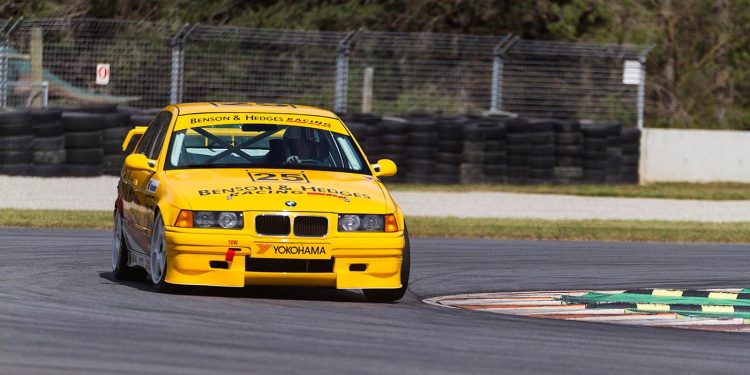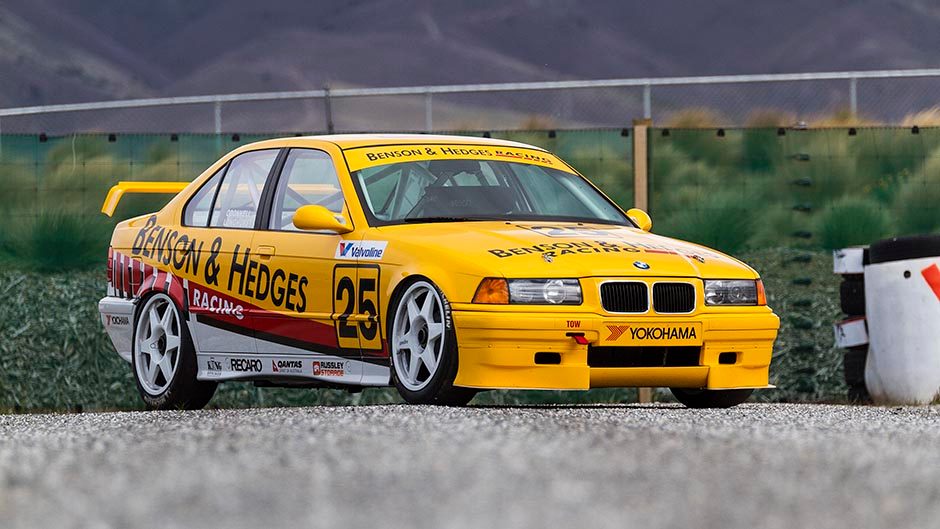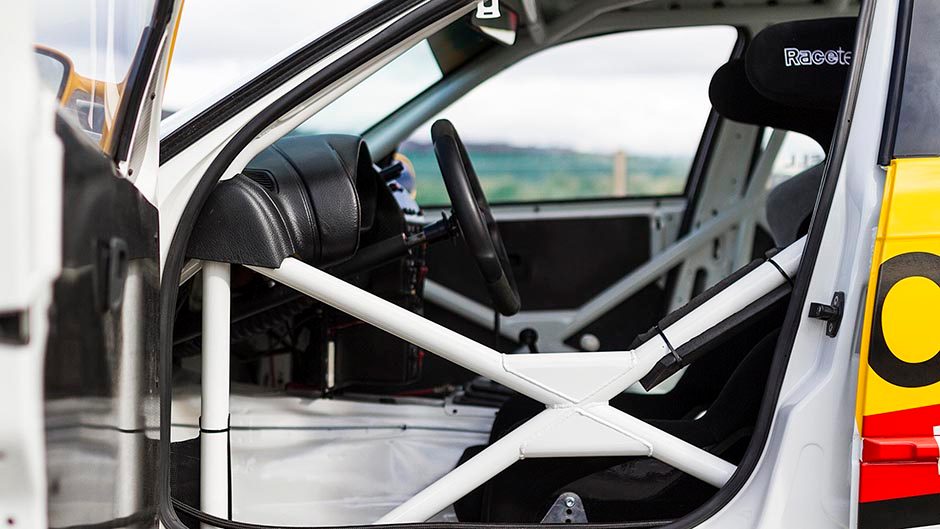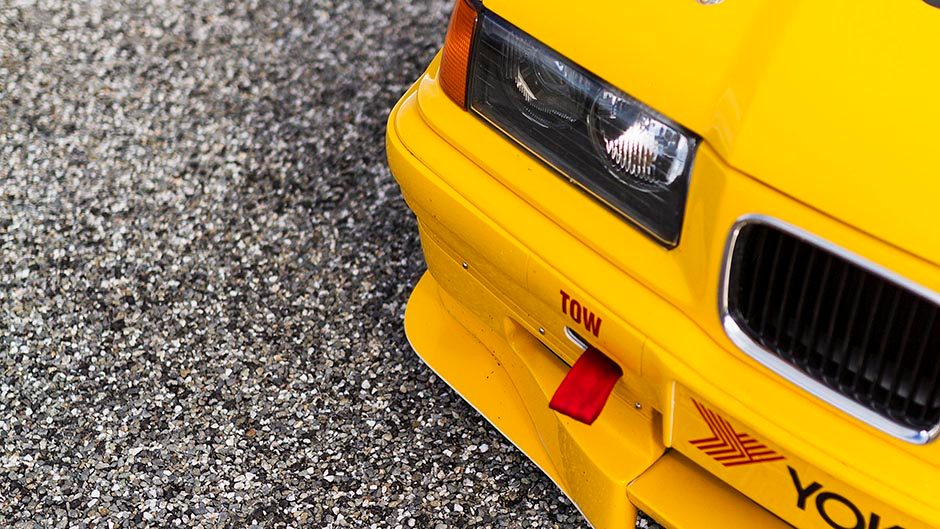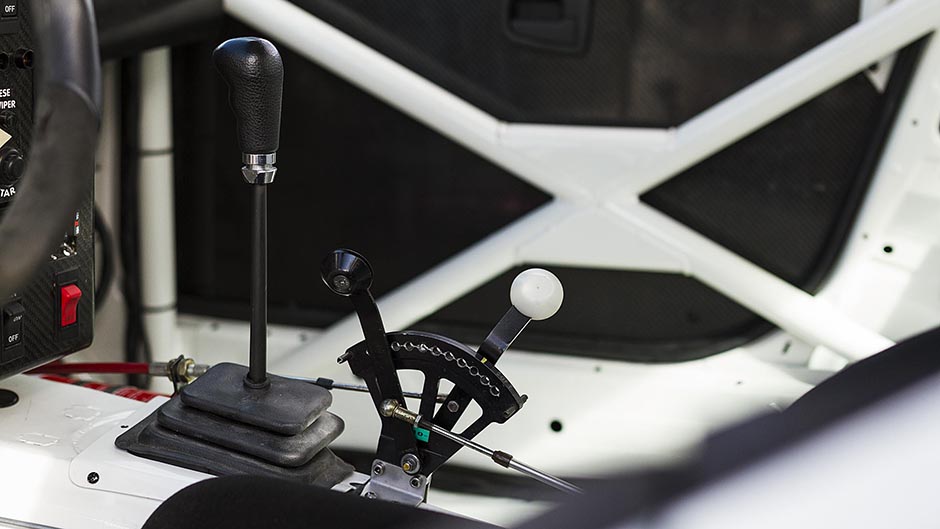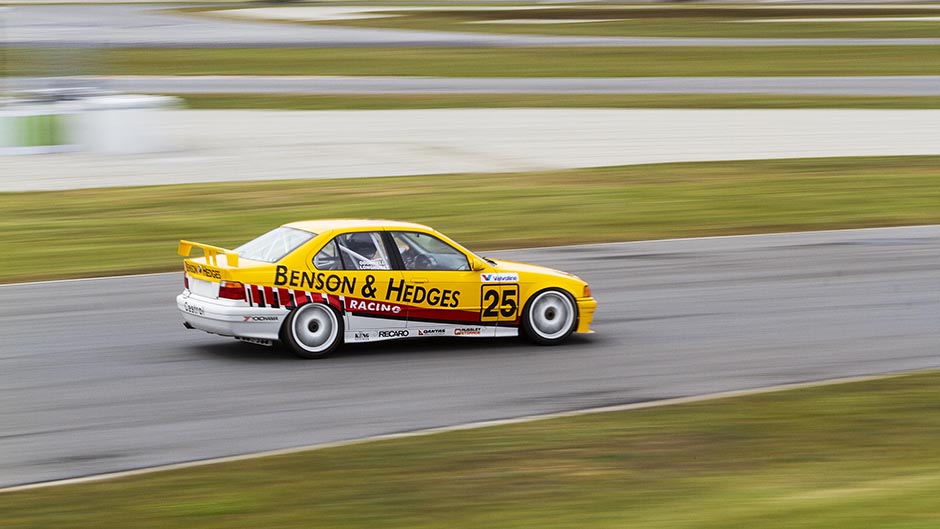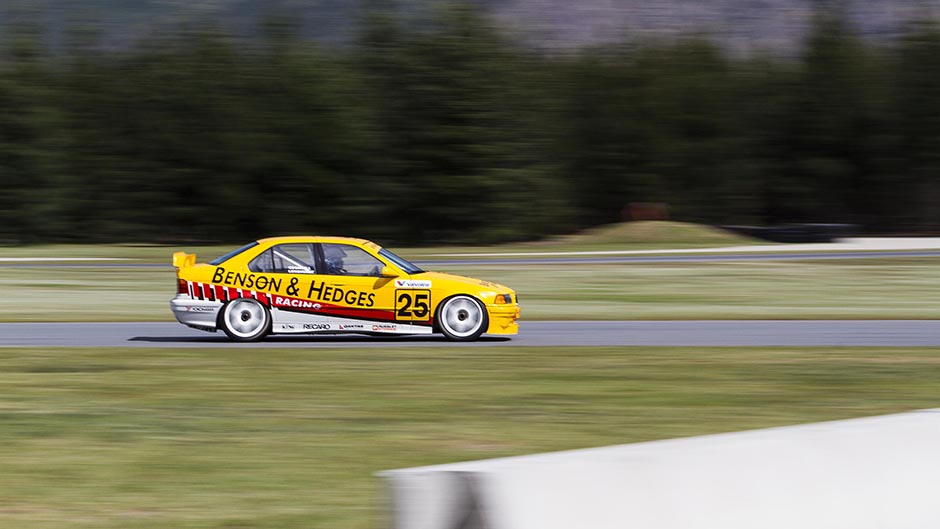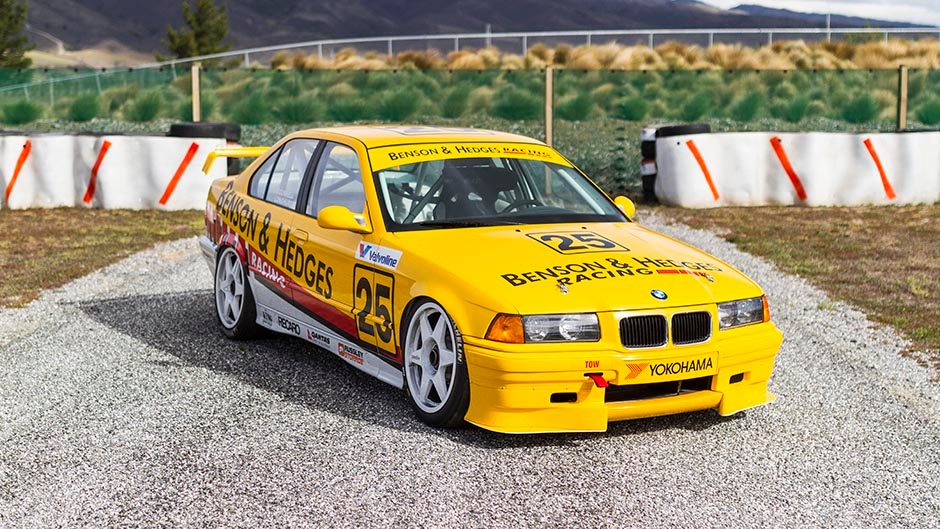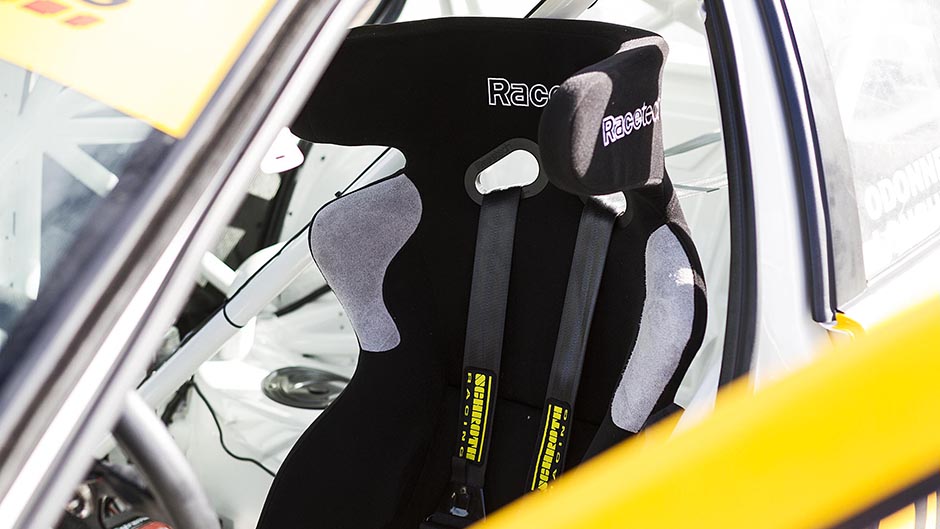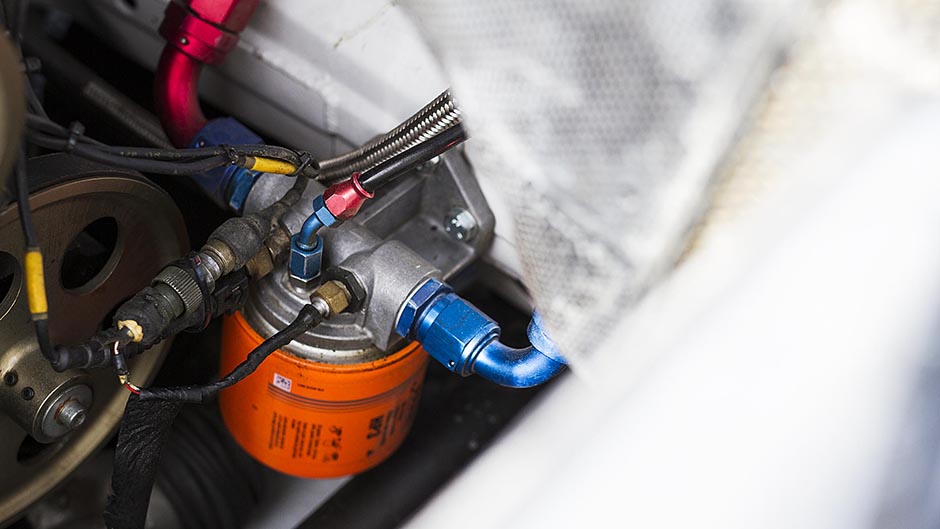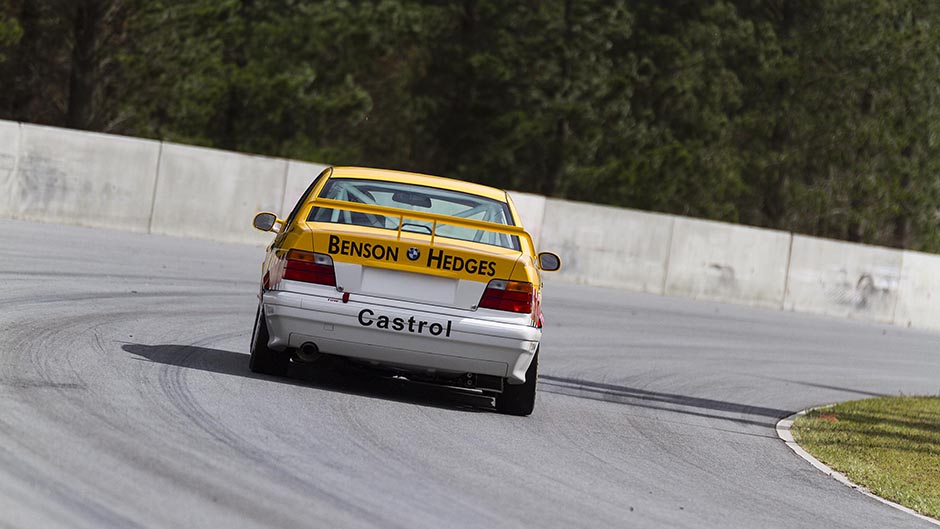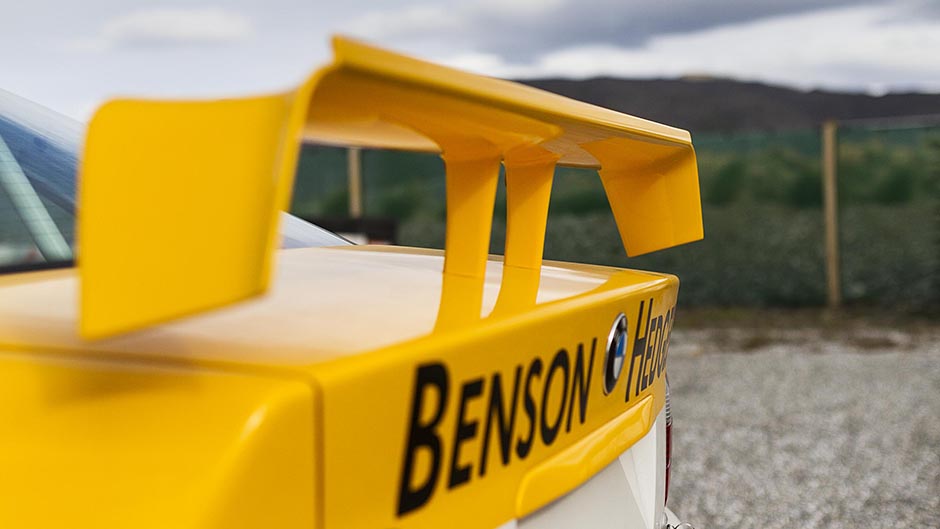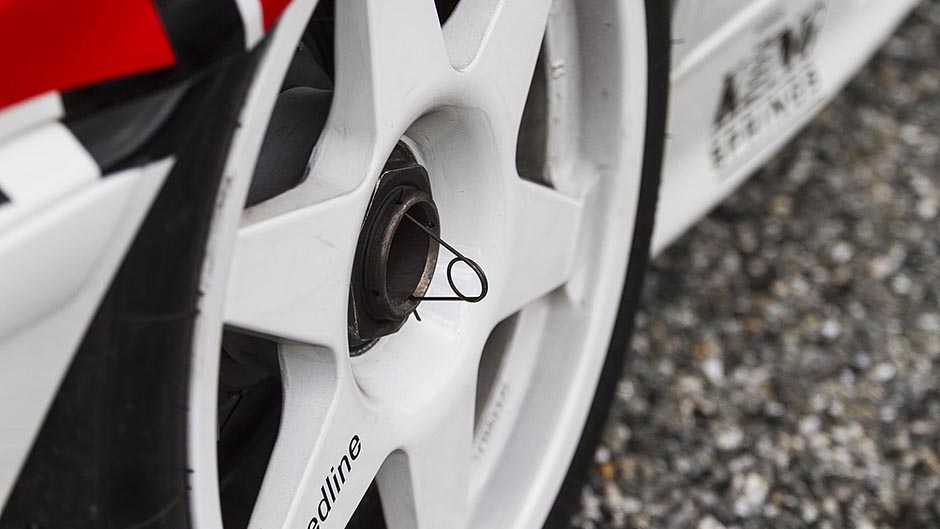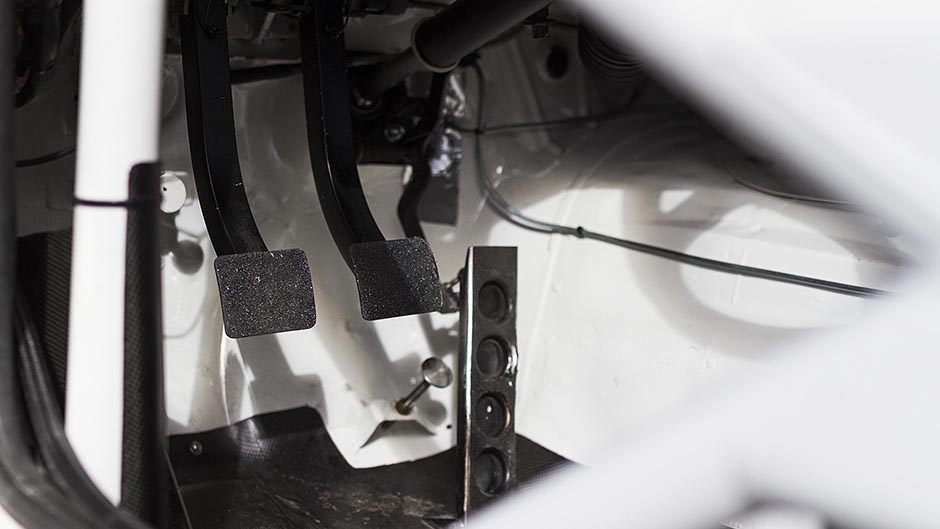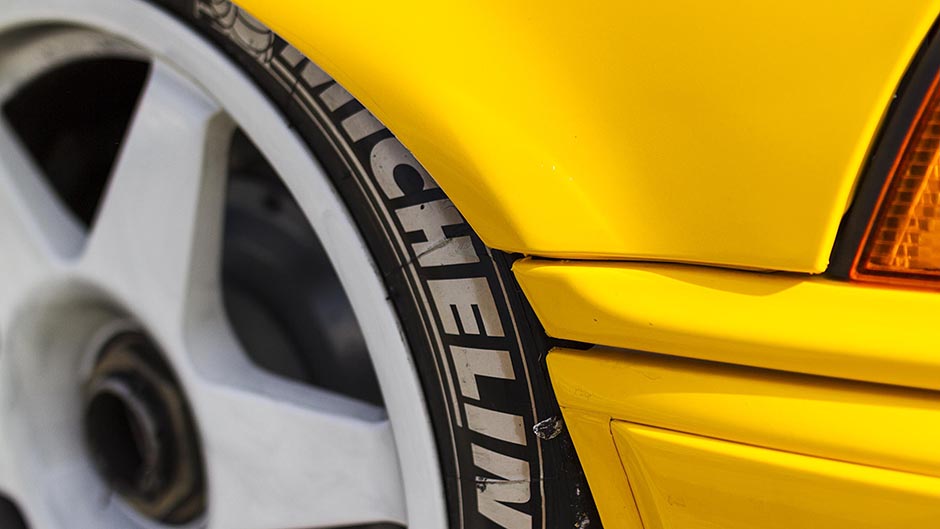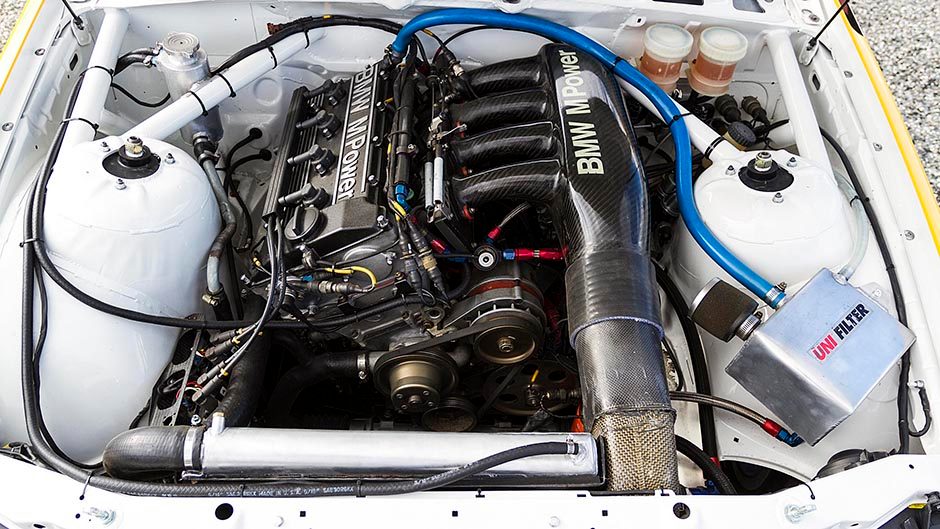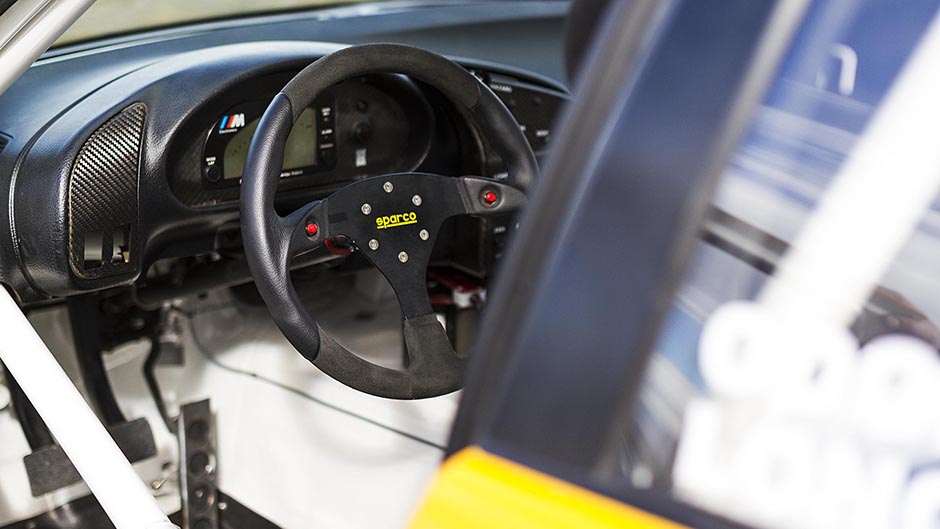1993 BMW E36 Super Tourer
Words Richard Opie | Photos Richard Opie
This 1993 BMW e36 super tourer recalls an era when the ride heights were low, the rev limits were high and the racing was door-to-door. With interest in super tourers on the rise, does this signal a return to a touring car heyday?
As international touring car competition came barrelling towards the mid-1990s, it became apparent that change was needed to ensure this form of high-level production-based tin-top racing had a future.
Heading into 1992, the incumbent FIA-sanctioned Group A category was on its last legs. As a class based on homologated limited production specials such as the Sierra Cosworth RS500, E30 BMW M3 and the all-conquering R32 Skyline GT-R, Group A was reliant on manufacturer participation at a showroom level. Having been the benchmark for touring car competition since its 1982 introduction, waning manufacturer interest, spiralling costs and declining crowd numbers meant there was a mood for change.
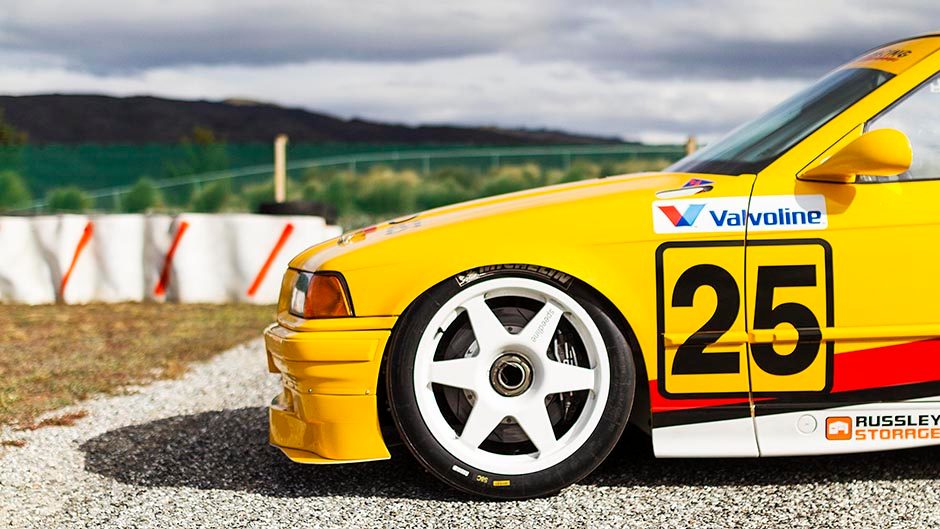
Based on the British “2 Litre Touring Car Formula” which had been adopted in 1990 to run alongside the turbocharged might of the Group A front runners, the FIA embraced the formula for the 1992/93 season to create what was initially and officially coined “Class 2,” but later became known as Super Touring. Rather than placing the onus on the manufacturers to create and sell homologation specials, the Super Touring regulations instead focused on allowing the build of a ‘parts bin’ touring car.
At the heart of the Super Touring rulebook was the choice of powerplant. Restricted to any naturally aspirated 2000cc engine from a manufacturer’s production range, limited to 8500rpm with six cylinders or less, these were required to be slotted neatly between the strut towers of a four-door sedan with a minimum bumper-to-bumper length of 4.2 metres. Initial minimum weights were 950kg for front drivers and 1050kg for the rear-wheel drive stalwarts while the suspension was constrained to the original production type, albeit with minor alterations from factory mounting points allowed. Hunkering down over a set of slick shod wheels conforming to a maximum diameter of 650mm and 9-inches in width finalised a set of regulations for a bright future.
Manufacturer support flocked to the new regulations, with upwards of 10 marques fielding factory-backed teams throughout the Super Touring years, while crowds surged towards the barriers in any number of countries from South Africa to the United Kingdom to catch a glimpse of the high-revving, aggressively driven ‘everyman’ vehicles hopping from kerb-to-kerb.
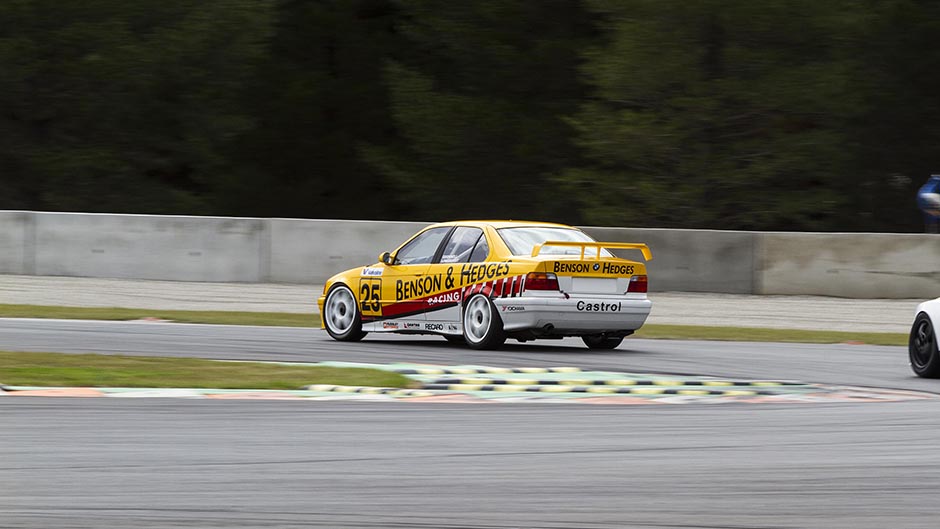
Here in New Zealand, while the Super Touring rules were never totally embraced, this class of touring car now is highly regarded by historic racers and is enjoying a period of renaissance, thanks to the Historic Touring Car movement attracting a number of these 2.0-litre screamers to our shores while a handful have resided here for some years.
Christchurch’s Lindsay O’Donnell, custodian and wheelman of this 1993 BMW 318i Super Tourer, is one such enthusiast and a dedicated member of the Historic Touring car collective. He recounts the days of the Monday evening vigil, watching delayed coverage of Tarquini, Cleland and Radisich in the BTCC battling for supremacy in the mid-1990s which sowed the seed. Regardless of his self-described hobbyist racer status, O’Donnell’s tenure behind the wheel includes an array of impressive machinery. He started in the late 1980s at the wheel of an Alfa Romeo 105 series GTV before progressing to a very rapid GTAm variant as well as a rare Begg FM5 Formula 5000.
O’Donnell’s also a long time participant and supporter of NZ endurance racing. Competing for a number of years in a Sierra Cosworth, O’Donnell’s endurance exploits eventually led him to competing in a Porsche Cup car. The evergreen Porsche platform has taken his race endeavours to the Nürburgring 24-hour race in 2008, where the Kiwi team managed to finish.
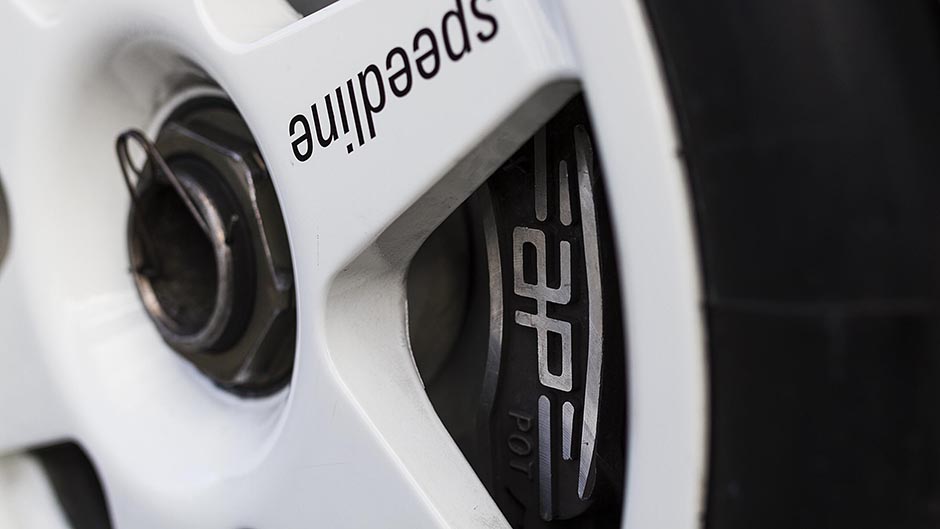
It was endurance racing that led O’Donnell to eventually own the ex-Tony Longhurst Benson and Hedges liveried BMW. During a trip across the ditch in 2002 to compete with fellow Cantabrians Denis and Debbie Chapman at the Bathurst 24-hour race, O’Donnell happened upon the then owner and past campaigner of the Longhurst BMW, Sydney-based Anthony Robson.
Robson was the last in a relatively extensive list of pilots who had given the BMW a thorough workout during the seven-year span of the Australian Super Touring Championship. Initially contesting the tail end of the 1993 Italian championship, the BMW was acquired by Tony Longhurst’s team for the 1994 Australian campaign. The car went on to take out the 1994 championship – notwithstanding the now infamous trackside biffo with team-mate Paul Morris – before being onsold to future V8 pilot Steven Ellery for 1995, and Cameron McLean for a successful 1996 campaign. The BMW then saw privateer ownership, running toward the back of pack until its ultimate retirement at the end of the Australian championship in 2000, still in the hands of Robson.
Following that initial meeting, O’Donnell flew back to Sydney in 2003, inked a deal and the BMW was his. A reasonably extensive top-level competition lifetime, plus lying dormant in storage for several years, takes its toll on a race car which was tired and far from race ready. But it was complete, and as future developments came to bear fruit, this would prove advantageous.
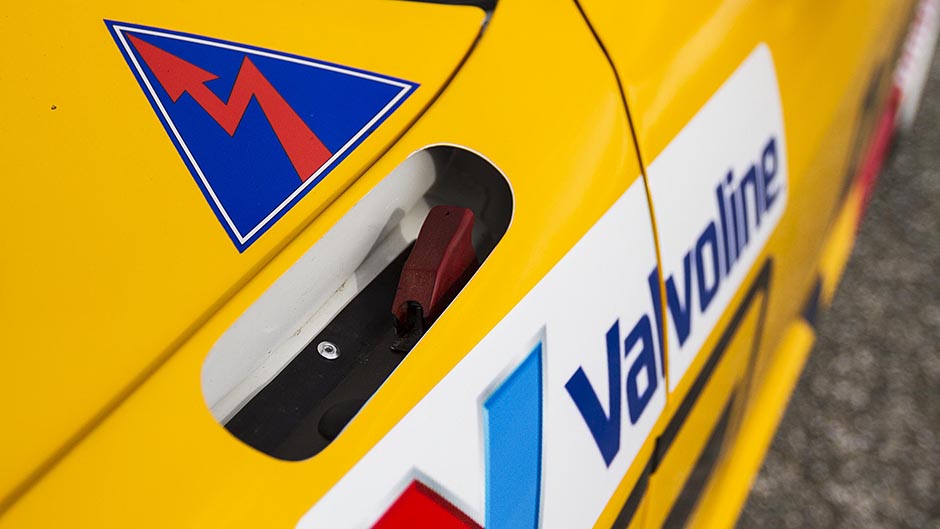
Initially, O’Donnell, along with mechanic Richard Knowles (an engineer for the Chapman BMW Super Tourer during the 2002 Bathurst 24-hour excursion) rebuilt the beleaguered Super Tourer. This began with the fitment of a 2.5-litre S14 engine from the E30 M3 of the Group A era. The reason for this was simple – a lower stressed, higher torque powerplant better suited the rigours of running consistently for long periods of time. And parts were more readily available should mechanical catastrophe befall the team. Otherwise the car was refinished in its 1993 Italian livery and put to work endurance racing for the next six years.
By the time the BMW was retired from active competition, it had racked up 18 years of track service. After five years of inactivity, O’Donnell describes the decision to completely restore the E36 as a combination of the car simply needing a new lease on life coupled with the increasing interest in historic touring cars of the era. The decision was made to keep the car as a purist historic race machine and to preserve the provenance held by this particular BMW while competing against other such cars in select meetings.
Knowles was again instrumental in the restoration of the BMW, being blessed with an intimate knowledge of the Super Tourer’s workings. Of course, to revert the car back to a specification befitting the historic nature, the fitment of the 2.5 litre was deemed inappropriate and with assistance from revered New Zealand engine builder, Eric Swinbourn, the 2.0-litre unit was refreshed and slung back in the hole. This particular engine specification produces around 280bhp in 1994 trim, not bad for a 22-year-old 2.0-litre, and reaches the prescribed rev limit of 8500rpm while sounding glorious courtesy of the induction howl created by the quartet of throttle bodies, a Super Touring staple.
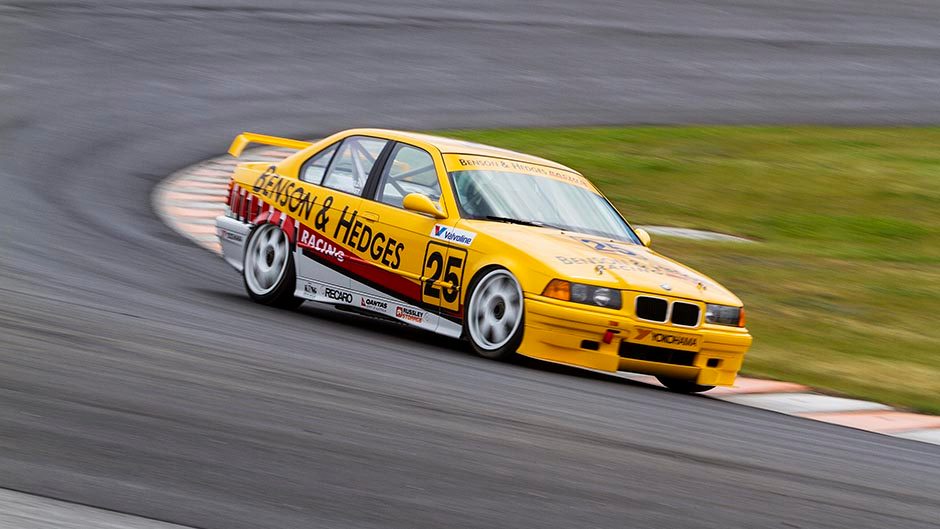
Backed by a Holinger six-speed, the 2.0-litre now benefits from an updated Autronic engine management system integrated to the original Pi Research dash unit. This is one of the few concessions to slightly more modern technology permitted among the Historic Touring Car ranks, along with updated safety equipment. Brakes and suspension are as per 1994, with AP Racing six-piston calipers gripping cast-iron dinner plates squeezed behind the 18-inch Speedline alloys. The Mac strut and independent rear suspension arrangements are configured to sit the BMW low – the defining aesthetic of the Super Touring era, while Lindsay’s car wears a 1995 specification aero pack, a development from the original rules set out by TOCA in the early 1990’s.
The livery is now faithful to the 1994 car campaigned by Longhurst. The call to deck the car out in the golden hue of cigarette advertising was an inspired one. O’Donnell, with help from Shannon of Doug Smith Panel and Paint, pieced together the livery using period photographs, while original spare parts helped with colour matching.
With the extensive restoration behind him, O’Donnell hasn’t been shy in running the car at selected events. Fresh from restoration, the BMW turned a wheel for the first time among the Rennsport support class of the 2015 edition of the Highlands 101. At this year’s Skope Classic, the BMW was reunited not only with Tony Longhurst himself but also the original race engineer, Ross Hoare. Longhurst again came to grips with the BMW alongside the rest of the Historic Touring Car grid at Ruapuna, while Hoare offered valuable expertise in the set-up and running of the Super Touring configuration.
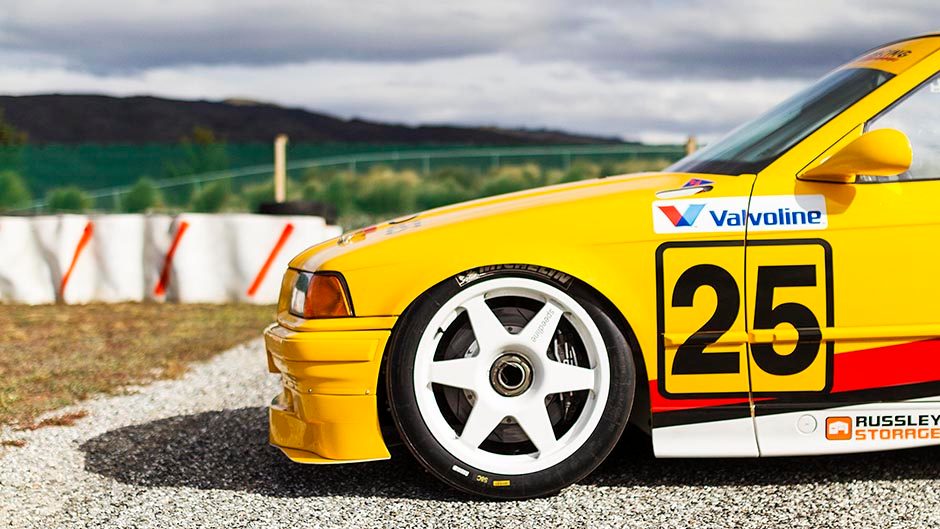
O’Donnell explains the outing in the BMW wasn’t merely a reuniting of Longhurst with the car, but also one of pure enthusiasm for motorsport by the Aussie star. Suffice to say, when the chance to run the car in the UK surfaced both seized the opportunity to travel to the birthplace of Super Touring. A four-car Kiwi team headed across in July 2016 to tackle both the Brands Hatch Super Prix and, most significantly, the Silverstone Classic. Attracting a quality entry list of around 1000 cars, the Classic is revered as one of the world’s finest historic festivals. Once again O’Donnell’s BMW featured Longhurst behind the wheel and it was a combination of note to the press and festival attendees alike.
Repeating his success of 1994, Longhurst was able to steer the BMW to a class win over the course of the weekend, a just reward for the years of ownership and meticulous restoration of the BMW by O’Donnell, Knowles and the small team of specialist personnel involved. Ultimately, however, O’Donnell would love to get the BMW back on track with Longhurst in Australia for an event. However, at this stage, with the Australian historic community yet to accept anything more recent than Group A to their grids, this prospect is far from guaranteed.
Here in New Zealand however, the burgeoning population of Super Touring hardware ensures a future for these cars on our racetracks and it’s difficult to disagree when O’Donnell explains; “The cars really are the stars of this racing.” When this explosion in popularity includes a gaggle of BMWs, a handful of Ford Mondeos, a brace of Mazdas plus some imminent arrivals of a few other varied manufacturers it’s not difficult to see a future for the Historic Touring Car fraternity. It’s as bright as it was when the cars ran in anger all those years ago during the 1990s.


